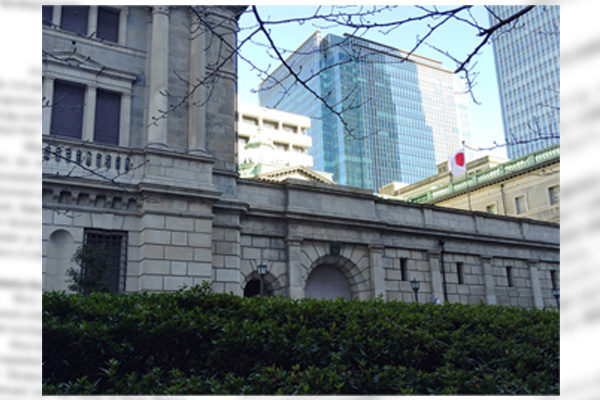The Bank of Japan will hold its monetary policy meeting on January 23 and 24. The focus of attention is on whether the policy rate, or the overnight interbank call rate as the main monetary policy tool, will be raised from the current 0.25%. If a rate hike is implemented, the rate will be raised to 0.5%. In general, a hike in the policy rate will have a wide range of effects, including a rise in mortgage rates, the yen’s appreciation, a decline in stock prices, and downward pressure on prices. Therefore, the policy rate is usually raised during an upward or recovery phase of the economy.
BOJ leaders are leaning towards rate hike
The potential policy rate hike will follow an increase from minus 0.1% to a 0.0-0.1% last March, based on a judgement that the achievement of the price stability inflation target of 2% came in sight, and another raise to 0.25% in July. Since the last hike, the central bank has been closely monitoring current developments in the economy, prices, and foreign exchange rates, as well as wage increases, the outlook for wage hikes through this year’s spring labor negotiations, and the expected economic policies of incoming U.S. President Donald Trump.
As a result, BOJ Governor Kazuo Ueda and Deputy Governor Ryozo Himino said in recent speeches that they would discuss a rate hike at the January policy meeting after the assessment of the situation, indicating their willingness to raise the policy rate. In addition, economic experts are increasingly of the opinion that the environment for an additional interest rate hike is being ripe.
Real wages failing to rise
However, is the environment really being ripe for an interest rate hike? The consumer price index posted a 2.9% year-on-year hike in November, exceeding the price stability target of 2%. But this inflation rate reflects factors such as high prices originating from overseas and the depreciation of the yen. Whether the inflation rate will stabilize at around 2% over the medium to long term with support from consumer demand will depend on future wage increases.
Even in 2024, when wage increases were expected, inflation-adjusted real wages scored an increase only in the third quarter. Furthermore, it will be difficult to stabilize prices with the inflation rate around 2% unless real wages rise due to wage hikes not only for labor union members but also for other workers in a manner to produce a prospect for bright lives in the future. According to the International Monetary Fund, Japan’s real gross domestic product growth was estimated at 0.3% for 2024, indicating that economic growth cannot be viewed as robust.
Uncertain U.S. economic policies
The neutral interest rate, which is neither deflationary nor inflationary, is estimated at 0.5% in nominal terms for Japan. If this is correct, a policy rate hike by 0.25% to 0.5% would have no significant impact on the real economy, some experts say. However, there are many uncertainties, including those about the new U.S. administration’s economic policies. It would not be too late to make monetary policy decisions after watching future developments in real wages.
Etsuro Honda is a director and a Planning Committee member of the Japan Institute for National Fundamentals and a former special adviser to the cabinet for late Prime Minister Shinzo Abe.


